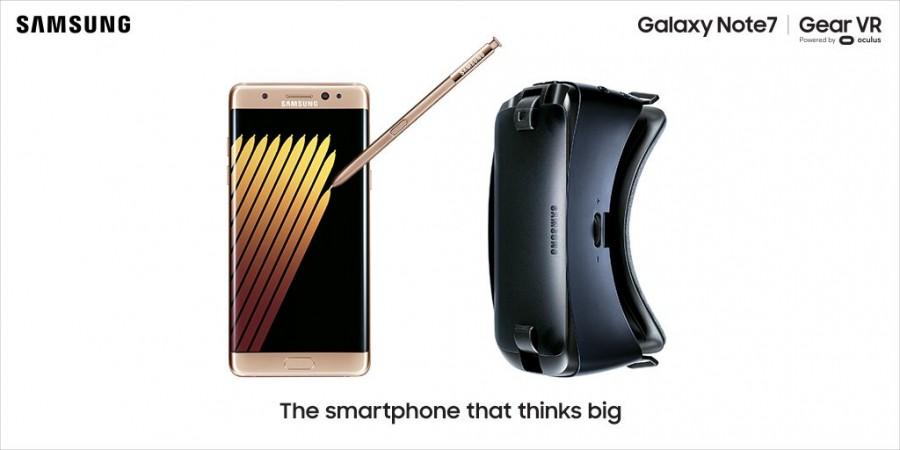
It is still early days for Samsung Galaxy Note 7, the new flagship from the South Korea-based manufacturer as the handset still makes its way to more markets across the world. With this being the scenario, a new video currently popular on the web raises question marks on the scratch-resistance capability of the Galaxy Note 7.
This video, by tipster JerryRigEverything, revolves around a 64 GB variant of the Samsung Galaxy Note 7; and the device's durability. The tipster subjects the Galaxy Note 7 to durability tests revolving around the scratch-resistance mechanism of the handset's display.
For starters, the screen of the Galaxy Note 7 is protected by a Corning Gorilla Glass 5 protector.
In the video, the tipster uses multiple picks with varying level of hardness (and sharpness) and uses a scale to measure the level of sratch-resitance. JerryRig categorically mentions about level 6 of hardness being the minimum level after which the outer protector of any smartphone's display becomes prone to scratches.
JerryRig begins by using the pick, inflicting the minimum scratches (level 1 pick); and once the level 5 pick is used, scratches begin to appear on the Gorilla Glass 5 casing on the display. On careful examination of the display, the screen shows scratches right from the level 3 pick in the hardness scale.
JerryRig based on the above results is also of the opinion that despite the Gorilla Glass 5, being theoretically more shatter-resistant, offers only one upgraded level of protection over plastic as far as hardness is concerned. Samsung Galaxy Note 7 users are also advised, by the tipster, to use a screen protector over the Gorilla Glass 5.
Finally, a Galaxy S7 Edge (flagship smartphone) was also subjected to scratch-resistance tests (in the video) and the device had its screen tested with a level 5 pick and still managed to evade majority of scratches.
You can also check out JerryRigEverything's video below:
It seems that Corning (makers of Gorilla Glass protectors) are in the know of the above video, and the folks at the company have also issued a statement to Android Authority. Here is what the company had to say: "The test that was conducted in the video is obviously not a bonafide industry test. It's using Mohs hardness picks, but it's in an uncontrolled manner. We also don't know a whole lot about what loads the person has used. Whether those loads are changing as he goes through the testing".
Another explanation offered (to Android Authority) was: "The hardness pick that was used in the video was a 3, that's considerably softer than the glass material. Often, times when you have a softer material like that, and depending on what kind of loads you have used, you tend to see material transfer on the test substrate."
"Material transfer on the test substrate is not necessarily a scratch but it can appear to the untrained eye as a pretty visible scratch. We don't know whether or not that is what is being seen in the video. Certainly in the testing we've done internally, we don't see that issue at all with similar picks on the Mohs hardness scale."
Nonetheless, JerryRig clearly informs Samsung loyalists to look-out for external agents that inflict scratches on to the display of the Galaxy Note 7, rather than poke fun at the device. Also, it should do no harm for users to add a screen protector so that their handset is protected from both scratches as well as shattering.

















